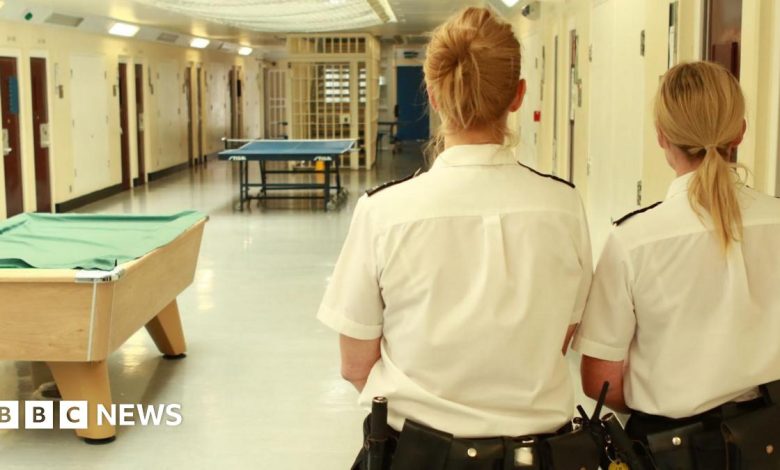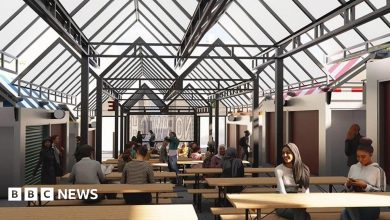A quarter of inmates leave HMP Norwich homeless, says report

Challenges at Norwich Prison: Infrastructure, Security, and Rehabilitation Issues
In Norwich Prison, a troubling combination of deteriorating infrastructure, security breaches, and lack of post-release housing options is undermining rehabilitation efforts and creating dangerous conditions for everyone involved. The Independent Monitoring Board’s recent assessment paints a concerning picture of this facility, where Victorian-era buildings fail to meet basic needs while contraband flows through inadequate security measures. Despite these challenges, the dedicated prison staff continue their committed efforts to maintain humane conditions and support prisoner rehabilitation.
The presence of alcohol, drugs, and other prohibited items has transformed the prison environment into what the IMB describes as “potentially dangerous” for both inmates and staff. This security crisis is exacerbated by what appears to be fundamentally inadequate perimeter security measures, making violence within the facility an ongoing and difficult problem to address. The continuous influx of contraband not only threatens immediate safety but also undermines the rehabilitative atmosphere that prison officials are working to establish. Without addressing these security vulnerabilities, the cycle of danger and disruption continues, creating an environment where positive change becomes increasingly difficult to foster.
The prison’s aging infrastructure presents another significant obstacle to effective rehabilitation and humane conditions. Many buildings date back to the Victorian era and suffer from severe disrepair, including leaking roofs and unreliable heating systems. During winter months, these issues become particularly acute, with broken boilers forcing prisoners to sleep in their clothes and use extra blankets just to maintain basic warmth. These conditions not only affect physical comfort but also undermine dignity and mental wellbeing—essential components for successful rehabilitation. The IMB specifically noted how these infrastructure failures are actively “undermining the positive rehabilitation work” that staff members attempt to implement.
Perhaps most troubling is the systemic issue of housing shortages for released prisoners. Without stable accommodation upon release, former inmates face nearly insurmountable challenges in reintegrating into society. This housing crisis directly contributes to increased recidivism rates as released individuals struggle with basic stability. The rehabilitation process effectively breaks down at this crucial transition point, with all the progress made during incarceration potentially lost due to the absence of this fundamental need. This represents not just a failure within the prison system but a broader societal failure to provide pathways for genuine reintegration and rehabilitation of formerly incarcerated people.
Despite facing these formidable challenges, the prison staff at HMP/YOI Norwich continue to demonstrate remarkable dedication. The IMB specifically acknowledged that despite chronic staff shortages and the difficult working conditions, employees remain “committed to providing a humane environment for prisoners” and work diligently to maintain standards of care. This dedication represents a crucial human element within an otherwise struggling system—staff members who recognize the importance of their role in supporting rehabilitation and maintaining dignity for those in their care, even when the systems and structures around them are failing.
The IMB Norwich chair summarized the situation succinctly, noting that meaningful improvements for prisoners remain extremely challenging without significant investment in both the prison infrastructure and post-release accommodation. This assessment highlights the interconnected nature of these problems—security issues, crumbling infrastructure, and post-release housing shortages collectively create a system where rehabilitation becomes exceptionally difficult despite the best efforts of dedicated staff. Without comprehensive investment addressing all these areas simultaneously, Norwich Prison will likely continue struggling to fulfill its rehabilitative mission, leaving both prisoners and society to bear the consequences of these systemic failures.









zskjij
q3f55a
0bco7p
nz1qay